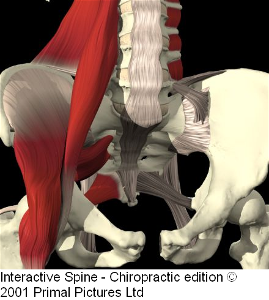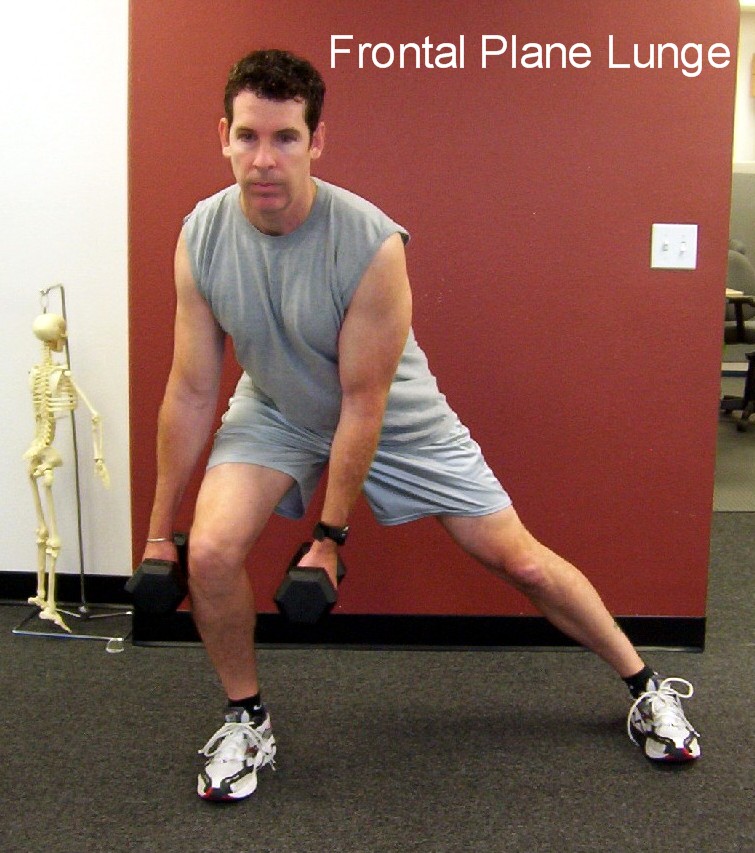Definition and Brief History
The alleviation of pain in the body that originates from a focus or foci of neural hyperactivity in one or another of the different structures which together form the musculoskeletal system, has its origin in England in the late 1930’s.
It was there, at University College Medical School, that researchers discovered that referred pain from a focus of irritation in muscle and or other connective tissues or fascia may be felt in broad, diffuse, and specific areas, such as muscles, joints and even teeth.
This was significant, as pain from these foci of irritation did not and do not follow the dermatomal or nerve root distribution of neurological pain common to actual nerve injury. In fact, it was demonstrated by Drs. Good, Kelly, and Travel, in England, Australia, and the U.S., that each individual muscle in the body, when affected by these “irritant foci”, has its own unique and specific pattern of pain referral that is predictable and mapable.
These foci of irritation came to be called, over time, “myofascial trigger points.” It was discovered that the common characteristic of the various trigger points, regardless of the tissue, was electrical hyperactivity. It was also discovered that it is possible to “de-activate” these acutely tender points through the insertion of a needle, and in the process relieve the pain and inflammation that is common to sports injuries, degenerative pain like arthritis, or painful conditions such as headache or TMJ.
This method of pain relief is now called “Trigger Point” acupuncture. As such, it dovetails, somewhat, with the Chinese system of acupuncture points specific to pain, called “Ah Shi.” However, the practice of trigger point acupuncture requires a thorough knowledge of western anatomy, as well as the precise location and referral pattern of the trigger points found in the various muscles, tendons, ligaments, joint capsules, periosteum, and even skin of the body.
Trigger points occur, most often, in the thick portion of muscle bellies, particularly in the region of the motor point, but are also found in their origin and insertion.
Cause of Myofascial Trigger Points
Trigger points can form in weak, overused muscles, such as occurs in repetitive stress injuries in keyboard use. But they can also occur in very strong, but overused muscles, such as occurs in runners who rest inadequately, or other athletes. I recently deactivated the forearm and wrist trigger points in a patient that routinely does 1000 pushups at a stretch.
Trigger points may also occur in trauma from direct injury, such as a blow or sprain, as in the patient with sudden onset shoulder pain after being pulled suddenly and unexpectedly by her 110 pound dog
Many of us are familiar with the “tension” lumps found in both the shoulders and low back, properly called “fibrositic nodules.” These nodules also contain trigger points.
Effect of Trigger Points
The problem of trigger points is not just that they are at the source of much myofascial pain; but that a muscle containing active trigger points undergoes shortening, and becomes weaker and less capable of the task at hand. This can then lead to a cascade of compensatory biomechanics, that further increase pain within the affected, and allied, muscles.
Role of Stress
I have observed clinically a link between the presence of active trigger points and the presence of diffuse inflammation in the body. We know, scientifically, that constant and poorly managed stress places us in the “fight or flight” response that elevates our stress hormones like cortisol.
My informal theory is that this mechanism imitates an overuse syndrome in that our muscles are held as if ready to run or fight. This is work, and places our muscles into anaerobic sources of respiration and concomitant lactic acid
burn. This creates various chemical cascades that may contribute to both inflammation and the formation of active trigger points.
Treatment of Trigger Points and Stress with Acupuncture
One of the great things about acupuncture of any kind is that is places you into the relaxation response, similar to what is achieved by meditation. Acupuncture reduces our body’s biochemical responses to stress, lowers blood pressure and reduces inflammation and pain.
In terms of hormones and neurotransmitters it does this by increasing the secretion of our body’s natural opiates, endorphins; and by increasing secretion of natural cortisone-like anti-inflammation drugs in the adrenal glands.
Myofascial trigger point acupuncture goes one step further. In addition to being profoundly relaxing, as above, when you relieve trigger points, especially the ones in the muscle belly associated with motor points, the muscle responds by actually lengthening; this has a decompressing effect on joints, tendons, and tendon sheaths.
It is not unusual after a myofascial acupuncture treatment for the affected joints to “release” as after a chiropractic adjustment, gently, naturally, and safely. This is generally followed by an immediate relief in pain.
It is also typical that after acupuncture treatment to feel extremely refreshed, as if after a deep sleep. One will often sleep profoundly well the night of a treatment, which has enormous restorative value.
Acupuncture and the Function First Exercise Alternative for Pain
Acupuncture, like deep tissue manual therapies, works hand in hand with the Function First system. My favorite kind of patient is the one who wants to help herself. Acupuncture is passive. You lay there on the table and the therapist uses his skill to create an environment of reduced inflammation and pain, so that you can take matters into your own hands through exercise. As such, acupuncture can be a necessary “evil” that enables you to take it to the next level with your own efforts.
Function First with Anthony Carey was of enormous benefit to me in the rehabilitation of my own neck, shoulder, and back chronic pain. While I definitely treat myself with acupuncture on a regular basis to enable myself to keep as active as I do, I continue to this day to do my Function First exercises on a daily basis.
Eyton J. Shalom, M.S., L.Ac., is the owner of BodyMind Wellness Center at 3577 Louisiana St. in North Park, San Diego. He is expert in the practice of Myofascial Trigger Point Acupuncture for Sports Injuries and Chronic Pain, as well as the use of Chinese Herbal Medicine and Ayurveda in the treatment of Dermatological, Gastrointestinal, and Immune Disorders.
He can be reached at www.bodymindwellnesscenter.com, or 619/296-7591

